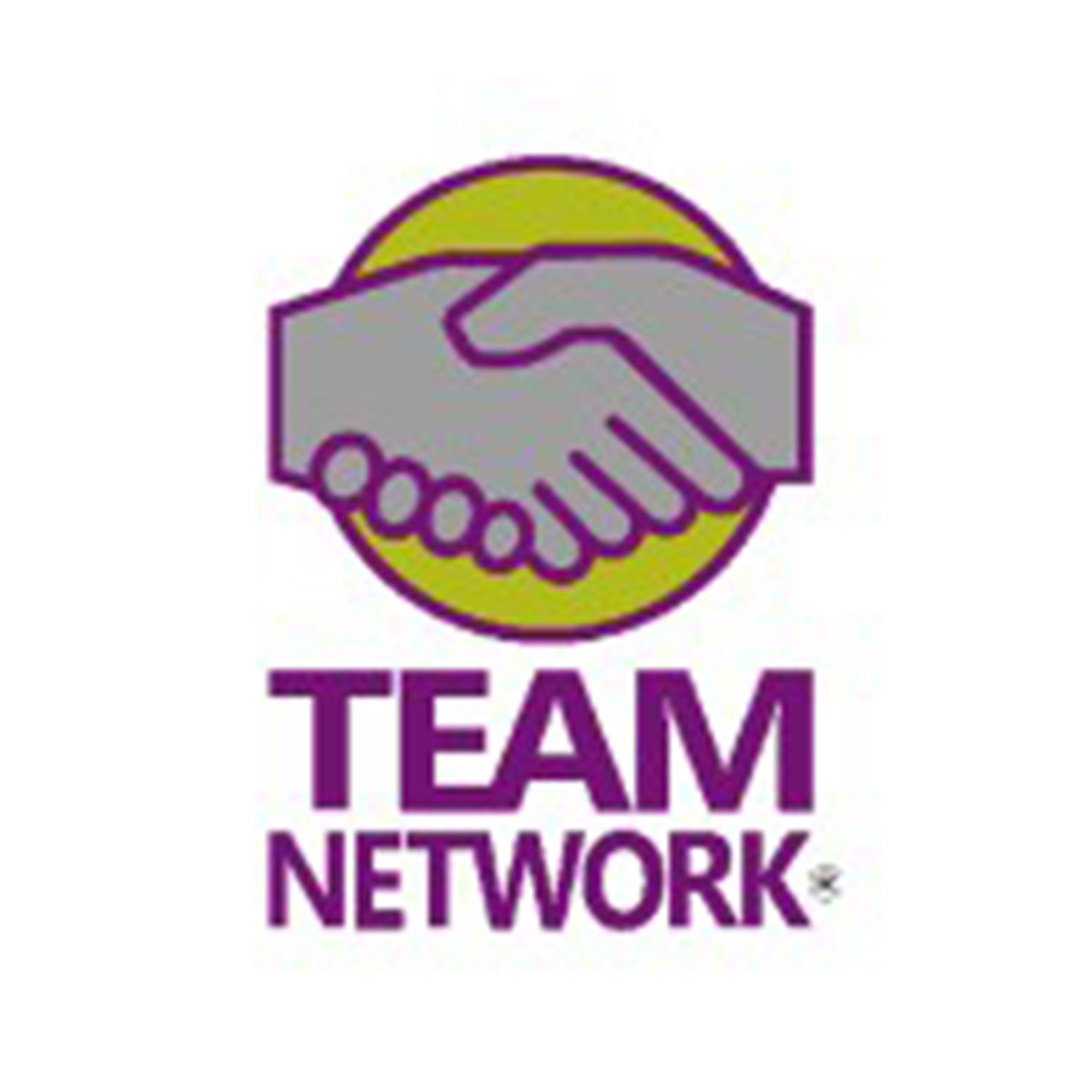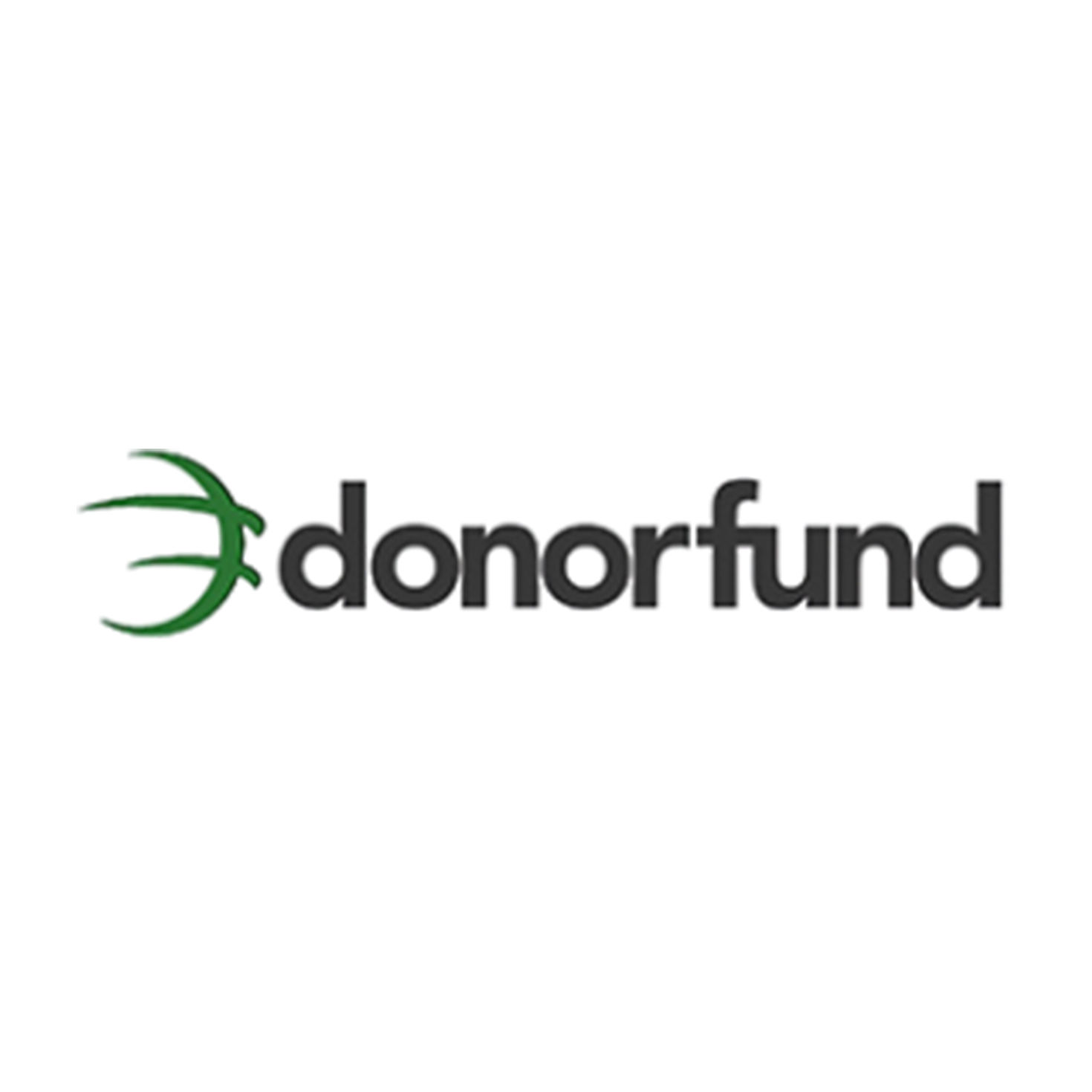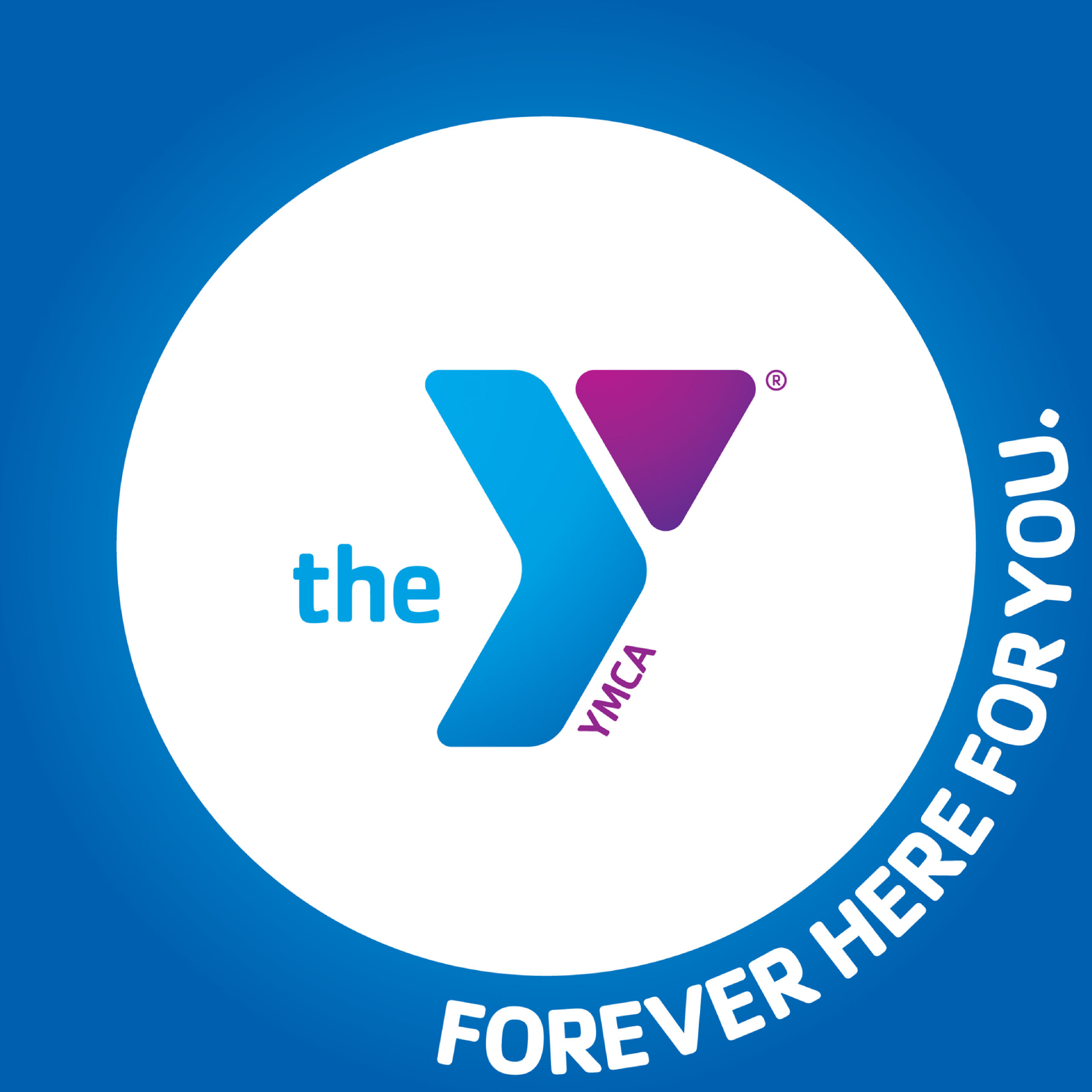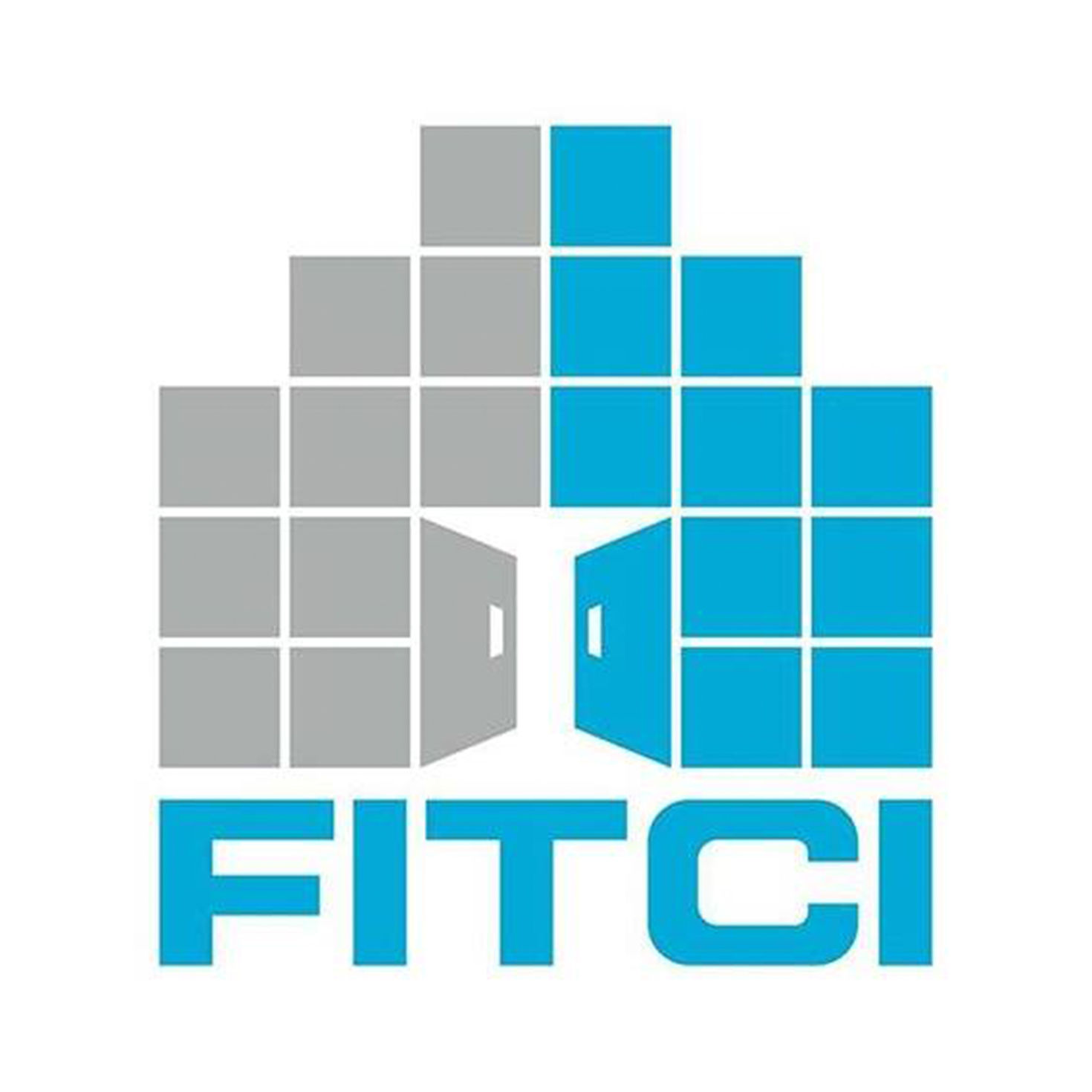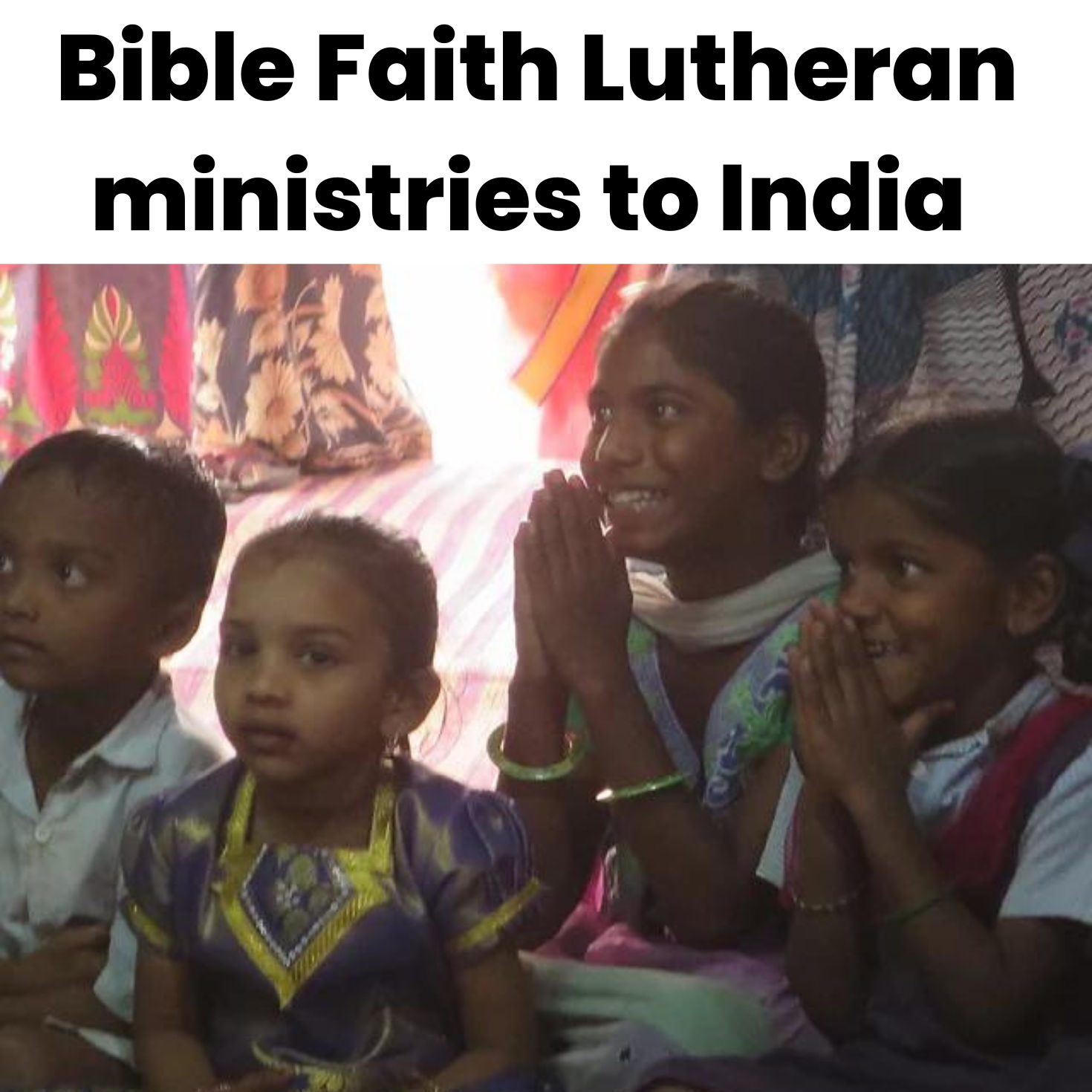Unify Multiple Standalone Software Tools With One Fully-Integrated Solution.
Potentially save up to 35% off current software costs and improve productivity by 48% with Affnetz™.
No Forced Demos. No Hidden Costs. No Contracts.
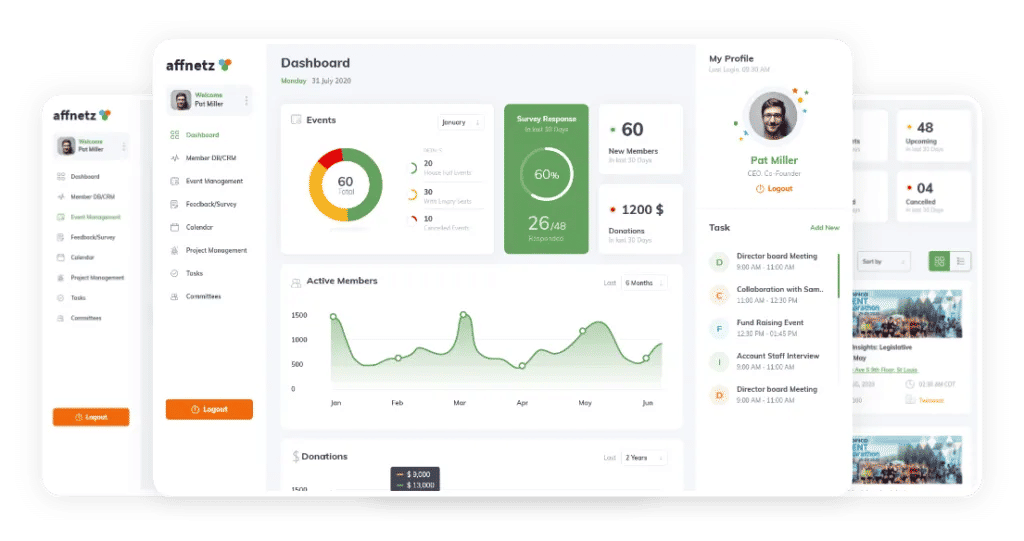
Trusted By Leading Nonprofits
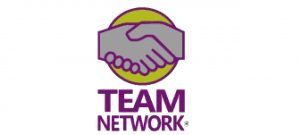

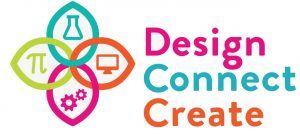
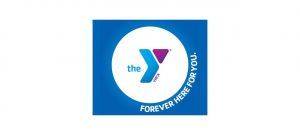
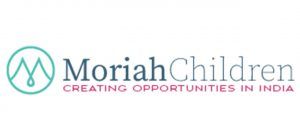


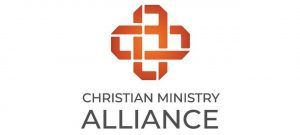
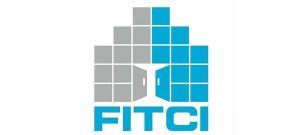
Why Affnetz?
Affnetz eliminates the need for multiple stand-alone software packages and replaces them with a cost-effective, all-in-one Nonprofit Management solution. Whether it is Nonprofit Donor Engagement and Management, Turnkey Event Management, or Beneficiary management, Affnetz – Best Nonprofit Management Software handles critical Nonprofit processes with an All-in-One solution.

What we do?

Donor Management & Engagement
Fine-tune your fundraising approach
and increase revenue with detailed
information on your donors

Peer-to-Peer
Fundraising
Leverage the personal networks of your
stakeholders with Affnetz’s intuitive
Peer-to-Peer fundraising module.

Comprehensive
Reporting
Configure and save your own
reports with an easy-to-use interface
and large-scale reporting flexibility.

Turnkey Event
Management
Easily create and manage
multiple events with a
comprehensive event console.

Board Management & Engagement
Improve engagement with
your board of directors
and drive mission achievement

Fundraising Campaign Management
Launch and monitor
your fundraising campaigns
with ease.

Volunteer Management & Engagement
Coordinate Volunteer efforts
and communicate mission
updates with ease

Robust
Task Management
Automate task management for
staff, leaders, and volunteers across
your Nonprofit in simple steps.

Major Donors Management & Engagement
Identify, segment, and track
where each major donor is in
the fundraising cycle.

Website Integration
and CMS
Comprehensive control of your online and
mobile presence through a full-featured
Content Management system.

Beneficiary Management & Engagement
Measure mission success by staying
up to date with information about
your Beneficiary’s past and present.

Surveys
and Feedback
Support better decision-making
through comprehensive feedback
and survey collection features.

Stakeholder
Database/CRM
Use the efficient CRM system
to keep detailed tabs on the health
of your stakeholder base.
Whom we serve?
We are dedicated to serving Nonprofits by providing them with the tools they need to run their organizations more efficiently and effectively. We understand that Nonprofits face unique challenges, and our software is specifically designed to help them streamline their operations and maximize their impact. We believe that by providing Nonprofits with the right tools, we can help them focus more on their mission and less on administrative tasks. Our goal is to empower Nonprofits to achieve their goals and make a positive impact on the world, and we are proud to support them in their mission.

How do we help you?
We provide the best Nonprofit management software that will make your fundraising feasible to achieve the desired fund goals.

With Affnetz you can
- Streamline Operations
- Enhance member and stakeholder engagement
- Increase Revenue
- Increase first-time and recurring donations
Get Started Now! Sign up for your free trial. No obligations, no credit card required! We can’t wait to serve you!

Frequently Asked Questions
In a survey of Nonprofit organizations* respondents reported:
Only 43% of donors made repeat gifts in the following year.
Also, in our experience, less than 30% of volunteers return to serve year over year.
Fundraising effectiveness and volunteer operations success over the long term depends on nurturing relationships with these and other stakeholders to keep them coming back year after year. Nonprofits are under pressure to improve their stakeholders’ experiences in several critical areas including:
- Stakeholder Connectedness
- Websites lacking fresh information
- Information about other stakeholders such as donors, volunteers, board of directors, and beneficiaries
- Event Management
- Feedback mechanisms
- Collaboration tools
- Engagement of Sponsors and Advertisers
However, many Nonprofits rely on an array of standalone technical solutions that do not allow them to provide the best experience for stakeholders.
Affnetz provides an affordable, integrated SaaS (Software as a Service) platform that handles all your critical processes.
Nonprofits can save time and money while delivering a superior experience for stakeholders.
* 2019 Fundraising Effectiveness Survey Report, The Fundraising Effectiveness Project –
Affnetz supports collaboration in multiple ways.
For example, the Affnetz Intranet and Project Management module provides a collaboration platform that your stakeholders such as donors, volunteers, board of directors, core beneficiaries, and staff can use as a knowledge base, share files, and coordinate activities.
Another example is the Affnetz social media dashboard. It enables your stakeholders to build and leverage close professional relationships with other stakeholders and event attendees. Stakeholders can create a post, share an update or comment on an existing update/post.
Research shows Nonprofit chapters often collaborate for two reasons:
First, it is an opportunity to reduce costs on things such as real estate, IT, Software, CMS, CRM, programs, and fees.
Second, some Nonprofits are exploring options for down-sizing or collaborating with other local, national, or international chapters of your Nonprofit or any other organization.
Also, Nonprofits collaborate with other organizations and businesses to promote the Nonprofit’s mission.
Your Nonprofit and other organizations that are using Affnetz have automatic compatibility for Inter-organizational sharing of data, projects, committees, and events.
The Affnetz Platform helps in cost savings, efficiency, better sponsor relationships, and new revenue generation from stakeholders such as donors, volunteers, board of directors, and in some cases from the Nonprofit’s core beneficiaries, event sponsors, and advertisers.
All modules can be securely integrated with a signed agreement between your Nonprofit and any other chapters, organizations using the Affnetz solution.
All Affnetz modules can be securely integrated with a signed agreement between your organization and any other organizations using the Affnetz solution.
For Donors: Affnetz can support increased engagement with your Nonprofit. Frequent communication with donors can reduce attrition and reinforce their commitment to the Nonprofit’s mission.
For Volunteers: enhanced collaboration and communication features of Affnetz help clarify expectations for their volunteer duties and improve coordination to make optimal use of their time and talent.
Affnetz provides these important stakeholders with tools to increase the value of their contributions. It increases the “stickiness,” thus enhancing their commitments, service, and volunteer efforts. Stakeholders are reluctant to leave because it means giving up valuable benefits the platform offers, including losing interaction opportunities and accumulated data.
Stakeholders can cite as proof of a positive ROI and increased opportunity to promote the Nonprofit’s mission.
Stakeholders sharing social media updates about their specialized area of work, and community engagement help them become brand ambassadors for your Nonprofit.
In order to build relationships with donors you have to make them feel like there is a relationship between them and your Nonprofit. That is, do they feel like donating to your Nonprofit is a transaction, or do they really feel like it’s a mutually beneficial relationship?
Affnetz has a comprehensive Stakeholders Database functionality that allows your Nonprofit to capture a robust set of stakeholders’ data.
The database includes a complete Customer Relation Management (CRM) system to help you keep detailed tabs on the health of your stakeholders.
The Affnetz CRM function allows the organization to have a complete view of actions that build and sustain the health of the stakeholder base.
FEATURES
- Comprehensive Stakeholders /Donor/Volunteer database
- Log all interactions with stakeholders– emails, phone calls, marketing campaigns
- Track stakeholders commitments, donations, and renewals
- Marketing automation – manage marketing programs including email campaigns with tracking
- Interfaces with Intuit QuickBooks® to log all payments and refunds including promo or sponsor code integration
- Tags on Stakeholder entries (e.g., identify Donors, Volunteers, Board of Directors, to serve on committees)
- Allows stakeholders and non-stakeholders (guest) listings. Event attendees are added to the database when they register, which allows this information to be used for recruiting new stakeholders.
The Affnetz Customer Relation Management (CRM) system supports a full-featured native e-mail campaign capability.
E-mail campaigns can be tailored to stakeholder segments and sub-segments
First, data is captured and stored in the Affnetz member/donor/volunteer database. Data can be input and referenced from a computer or smartphone.
Second, permissions to the database can be tailored by the administrator, depending on the requirements of the user. Staff would have full access to the database. Stakeholders would be able to access the data to support their ongoing networking and communication activities.
Third, the staff would be able to handle master data management to ensure the integrity of the data. They make sure the data is clean and up to date.
Fourth, the CRM module provides email campaign management, which enables workflow from the initial campaign concept through build, test, deployment, and post-campaign analysis. It also allows control of multiple lists for segmentation.
Fifth, the Affnetz CRM provides analytics tools to make sense of the database contents for decision making in such efforts as
- Campaign evaluation
- Managing and segmenting lists for targeted marketing
- Measure results across channels
Sixth, lead generation and follow-up tracking for prospective donors and current donors. This allows assessment of donor behavior in the quest to provide innovative engagement opportunities.




